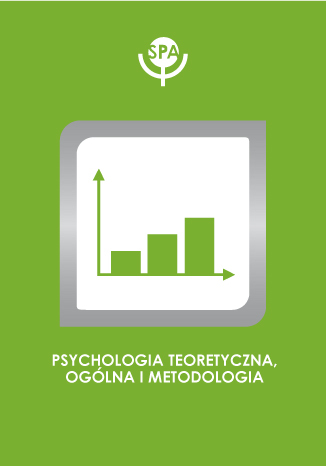Zachowanie się fal elektroencefalograficznych SMR i theta u młodych kobiet po zastosowaniu wolnozmiennych pól magnetycznych

S. Maria B. Pecyna
DOI:
Rocznik: 2001 Tom: 7 Numer: 1
Strony: 95-102
The thesis presents results of an influence of extremely – low – frequency magnetic fields generated by magnetostimulator Viofor JPS on amplitude values of SMR and theta waves recorded on-line from F3-C3 and F4-C-4 off takes using the CapScan EEG/ EMG subsystem operating in biofeedback system. The subject to the research were 64 the young woman with high – (group A) and normal (group B) intelligence. Total were examined at the Psychophysiology Laboratory of the Maria Grzegorzewska Academy of Special Education in Warsaw. On the basis of conducted statistical analysis it was affirmed that extremely – low – frequency magnetic fields caused modifications to amplitude values of SMR and theta waves in a direction of better sensory organization, i.e. better coordination and organization of sensory material. This brought to the conclusion that by applying an extremely – low – frequency magnetic fields it is possible not only to affect favorably brain areas responsible for conscious recording and processing of sensory information, but also to improve mentally retarded sensory sharpness, that includes every process described either at the physiological or psychological level, which is associated with feelings at the young woman with low intelligence.









 Pobierz pełny tekst
Pobierz pełny tekst



